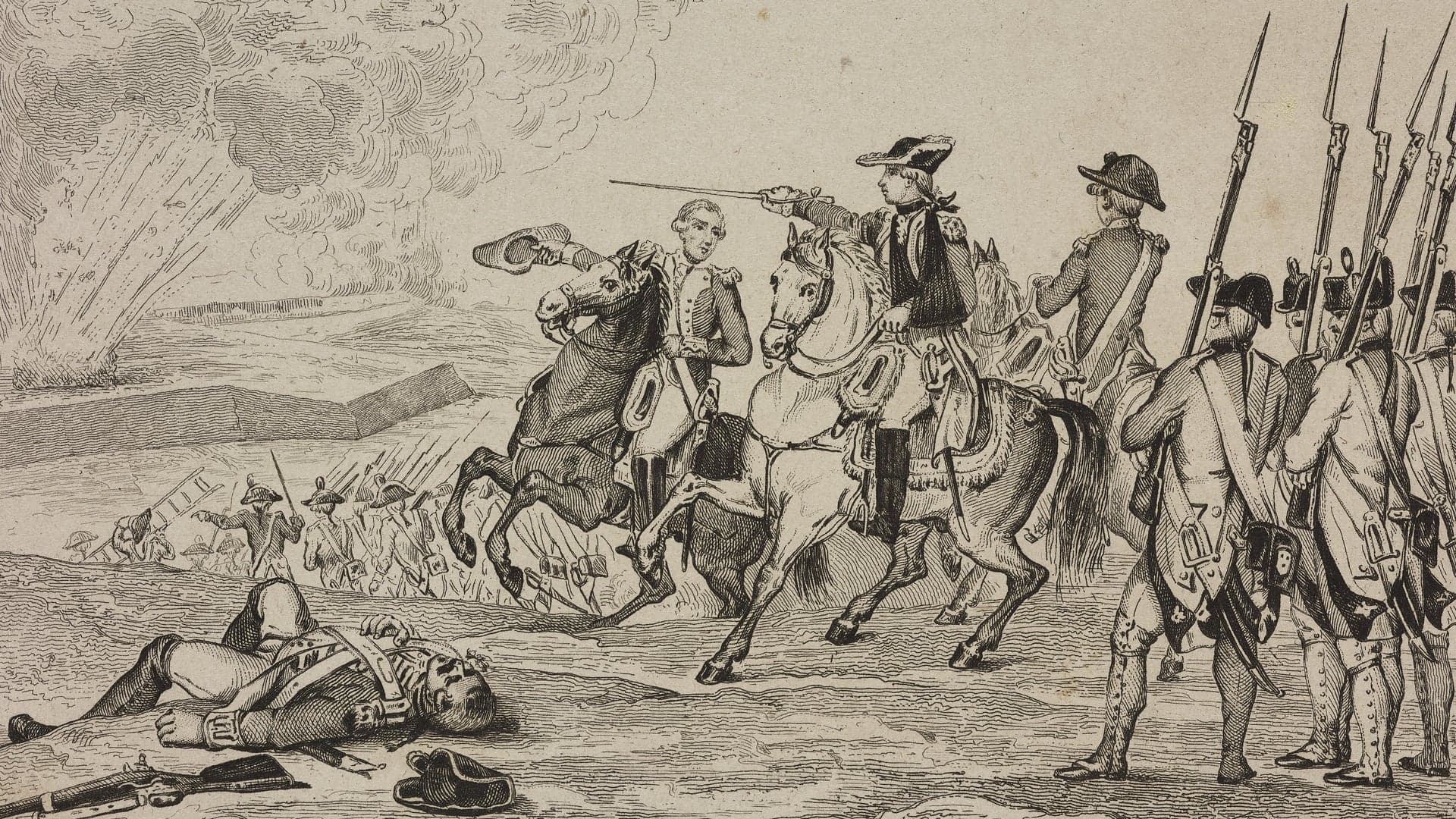After successfully capturing British positions in Louisiana and Mississippi, Spanish General Bernardo de Galvez, commander of the Spanish forces in North America, turns his attention to the British-occupied city of Pensacola, Florida, on March 9, 1781. General Galvez and a Spanish naval force of more than 40 ships and 3,500 men landed at Santa Rosa Island and begin a two-month siege of British occupying forces that becomes known as the Battle of Pensacola.
Galvez’s flotilla survived a hurricane in harbor before initiating two months of constant artillery and cannon bombardment of the British forts. By April 23, reinforcements had arrived, increasing Galvez’s total force to 7,800 and, on the morning of May 8, 1781, the 18-year British occupation of Pensacola, Florida, ended with a British surrender. The British lost 105 men; the Spanish lost 78. An additional 198 Spaniards were wounded. Spain took 1,113 prisoners and sent 300 Britons to Georgia on the promise that they would not reenter the British military.
Spain never officially signed an alliance with the American revolutionaries, as King Charles III was hesitant about the precedent he might be starting by encouraging the population of another empire to overthrow their monarch. However, Spain also wanted to regain Gibraltar in the Mediterranean and solidify control of its North American holdings, so it allied itself to France in the international war against Britain. As a result, Spain regained West Florida during the fighting and East Florida, which it exchanged for the Bahamas, in the final peace. Though Gibraltar remained in British control, Spain held all the land surrounding the Gulf of Mexico.
